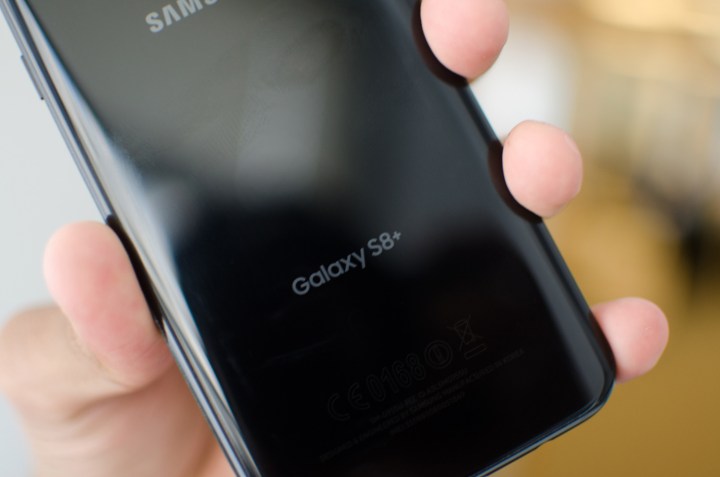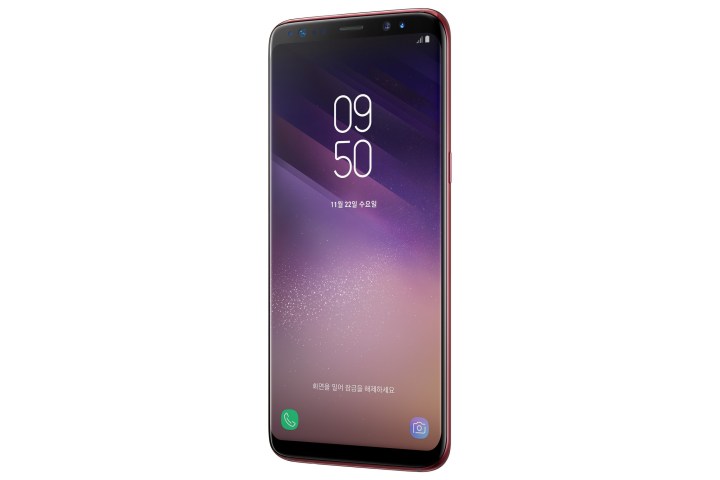
According to Samsung, the “luxurious hue accentuates the elegance of the Galaxy S8’s ergonomic glass and metal form, creating a seamless and refined aesthetic that will resonate with a wide range of tastes.”
The new color is available in South Korea now, and Samsung says it will roll out to other select markets — though it hasn’t given any specifics as to which markets those will be. It’s a pretty safe bet that we’ll end up seeing the new Burgundy Red Samsung Galaxy S8 in the U.S., but we don’t know for sure just yet. The Galaxy S8 is also available in Midnight Black, Orchid Gray, Coral Blue, Arctic Silver, and Maple Gold. It’s also available in Rose Pink in some markets.
The Samsung Galaxy S8 was one of the most popular phones of the year, and for good reason. The phone boasts Qualcomm’s latest and greatest chip, the Snapdragon 835, along with 4GB of RAM and 64GB of storage. Perhaps the best thing about it has nothing to do with the specs under the hood — the phone is widely loved for it’s beautiful design and edge-to-edge display.
Still, the Galaxy S9 is well and truly on its way. Already we have started hearing rumors about the upcoming device, and some of those rumors indicate that the new device will be quite a bit different from the currently-available Galaxy S8. How so? Well, leaks suggest that the back of the phone will change quite a bit, which could mean we’ll see a dual-lens sensor on the phone. The back will also likely feature a fingerprint sensor — though some reports note that Samsung is still working on a way to implement the fingerprint sensor into the phone’s display.
The new Burgundy Red Samsung Galaxy S8 is available now in South Korea, and we’ll likely see it in the U.S. in the very near future.







